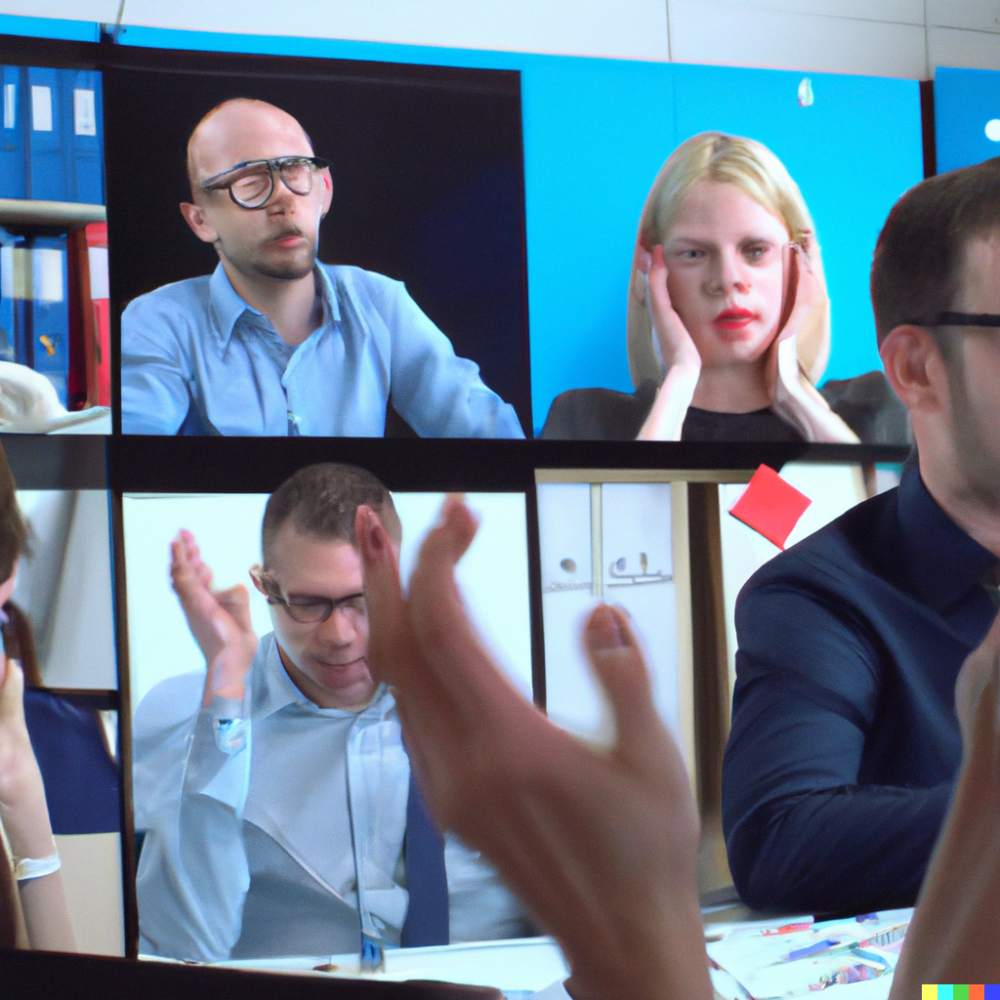X-Twitter

Matt Levine has a good question:
I guess my question is, what was he paying for? Musk didn’t want Twitter for its employees (whom he fired) or its code (which he trashes regularly) or its brand (which he abandoned) or its most dedicated users (whom he is working to drive away); he just wanted an entirely different Twitter-like service. Surely he could have built that for less than $44 billion? Mark Zuckerberg did!
This framing misses the true shape of Musk’s project, which is best understood not as a money-making endeavor, but as an extended act of cultural vandalism. Just as he graffitis his 420s and 69s all over corporate filings; and just as he paints over corporate signage and office rooms with his little sex puns; so does he delight in erasing the Twitter that was.
I found myself challenged by this. Newton is among my favourite tech journalists, and I highly value his analysis. But can I really buy that Musk is openly engaging in an intentional, extended act of cultural vandalism?
Newton makes a good argument… but maybe Callum Booth is more on the money. Their suggestions aren’t really that far apart.
The image at the top of this post was generated by Midjourney.
This post was filed under: Post-a-day 2023, Technology, Bloomberg, Callum Booth, Casey Newton, Matt Levine, Platformer, The Rectangle, Twitter.
